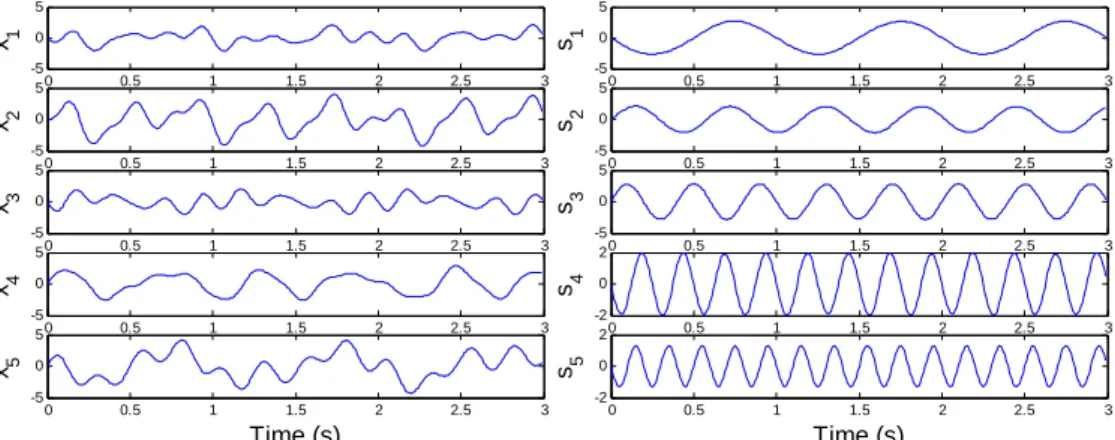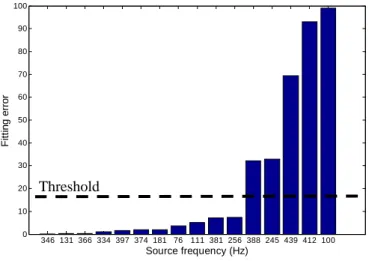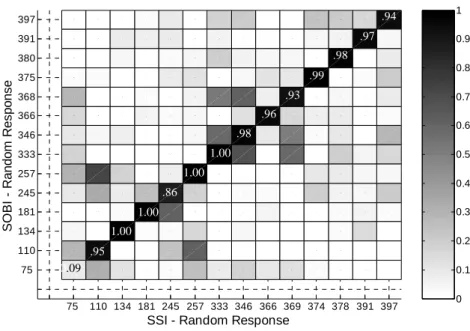Blind source separation techniques - Another way of doing operational modal analysis
Texte intégral
Figure




Documents relatifs
table for frequency response analysis (5 Hz increments), this frequency table is used for generating the cyclic frequency of an harmonic excitation force, the amplitude is the
Organisation of the paper is as it follows: governing equations are derived as a dynamic perturbation of the stationary configuration of an inextensible catenary in section (2);
Des animaux fabuleux, lion et licorne, portent des armoiries, qui ont permis d'identifier le commanditaire Jean Le Viste, puissant personnage proche du roi Charles VII. Des
Thanks to a set of mother wavelets depending on one(two) parameter(s), the desired time or frequency localiza- tion can be yet obtained by modifying its(their) value(s). In [8],
L’économie Algérienne a donc franchi un pas très important, qui devait passer par l’instauration d’une économie de marché concurrentielle frappant à la porte de ce
In the context of OMA of rotating machinery, that is estimation of natural frequencies, damping ratios and mode shapes of struc- tures subjected to both harmonic and random
Abstract: By performing Parallel Factor (PARAFAC) analysis over the observations from an electromagnetic vector sensor array, we present a novel way for simultaneous blind
Harmonic component detection: Optimized Spectral Kurtosis for operational modal analysis... HARMONIC COMPONENT DETECTION: OPTIMIZED SPECTRAL KURTOSIS FOR OPERATIONAL
